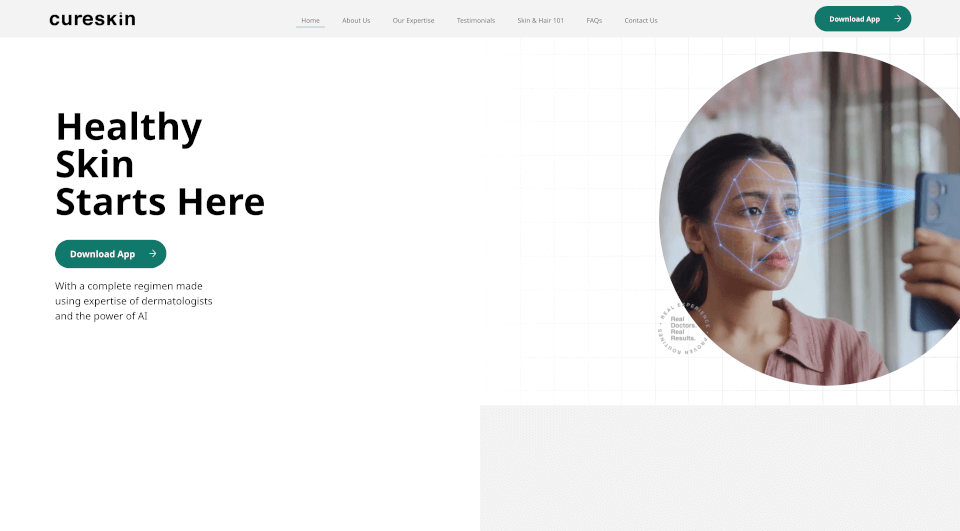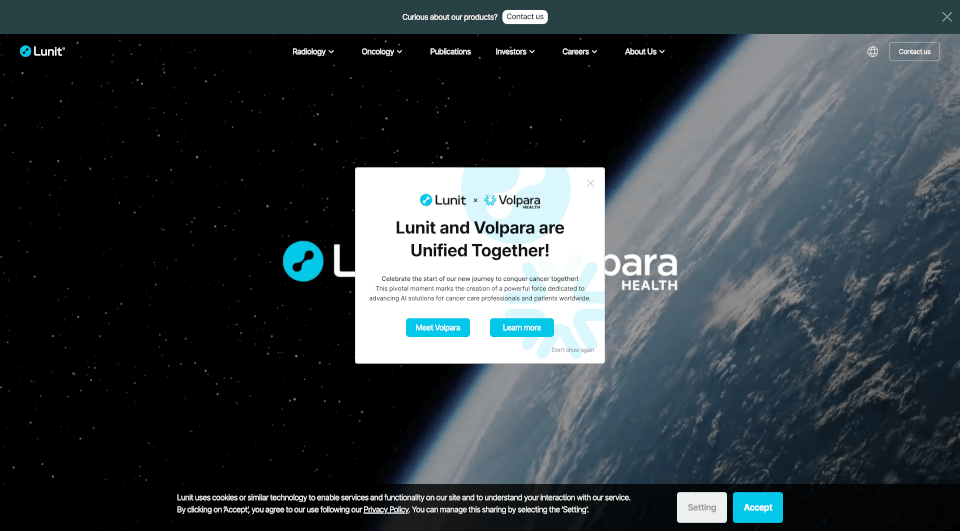What is Tempus?
Tempus is a groundbreaking leader in AI-enabled precision medicine, harnessing the power of extensive clinical and molecular data to revolutionize healthcare, particularly in the oncology sector. With the largest library of genomic data and cutting-edge technology, Tempus provides healthcare professionals and patients alike with personalized insights that guide treatment decisions and enhance patient outcomes.
What are the features of Tempus?
1. Genomic Profiling: Tempus utilizes advanced genomic profiling to analyze tumor DNA, providing oncologists with critical information about mutations and alterations that drive cancer growth.
2. Tempus Hub: A comprehensive platform that integrates real-world data with clinical resources to support healthcare providers in offering personalized treatment options.
3. Clinical Trial Matching: Tempus employs algorithmic models to match eligible patients with relevant clinical trials, paving the way for access to innovative therapies.
4. Tempus One EHR Integration: Seamlessly integrates with electronic health records (EHR) systems, ensuring that patients' comprehensive data is readily available to the care team.
5. Digital Pathology: Advanced imaging technology that enhances the review of pathology slides, contributing to quicker and more accurate diagnoses.
6. Real World Data: Tempus leverages vast amounts of real-world data to derive insights that support clinical decisions and drug development.
7. Tempus Pixel: An innovative platform designed to evaluate treatment responses across various cancer types, including lung, breast, and cardiovascular diseases.
What are the characteristics of Tempus?
1. Multi-modal Data Collection: Tempus combines genomic, transcriptomic, proteomic, and clinical data, leading to a holistic understanding of each patient's unique profile.
2. Robust Algorithmic Assays: These models are built to provide additional insights and predictive analytics, significantly enhancing treatment personalization.
3. Exceptional Collaboration: Over 50% of oncologists in the U.S. use Tempus tools, ensuring widespread access to its revolutionary capabilities.
4. Comprehensive Research Network: With 200+ biopharma partnerships and millions of de-identified research records, Tempus accelerates innovation in cancer treatments and therapies.
5. Advanced AI Applications: AI-driven solutions, such as the Tempus ECG-AF, help identify patients at increased risk for various conditions, including atrial fibrillation.
What are the use cases of Tempus?
1. Oncology Care: Tempus aids healthcare providers in identifying the best treatment options for cancer patients, ensuring they receive personalized care tailored to their genetic makeup.
2. Clinical Research: Biopharma companies collaborate with Tempus to develop targeted therapies through access to vast datasets, enabling faster and more effective drug development.
3. Patient Empowerment: The introduction of patient-facing apps like olivia allows individuals to manage their health data, promoting patient-centered care and proactive health management.
4. Neurology and Psychiatry: Tempus extends its expertise into neurology and psychiatry, offering genomic profiling tools that assist in creating personalized treatment plans for patients with neurological disorders.
5. Cardiology: By utilizing real-world data insights, healthcare professionals can improve patient outcomes in cardiovascular diseases through enhanced decision-making processes.
How to use Tempus?
Tempus services are designed for both healthcare providers and patients. Providers can access Tempus Hub through integrated EHR systems, allowing them to order genomic tests and view comprehensive reports on their patients. Patients can use tools like olivia to manage their health data effectively, ensuring they are informed about their treatment options and potential clinical trials.
Tempus Company Information:
Tempus is recognized as a pioneer in the precision medicine space, focusing on leveraging artificial intelligence and data analytics to enhance patient care and optimize treatment pathways.








